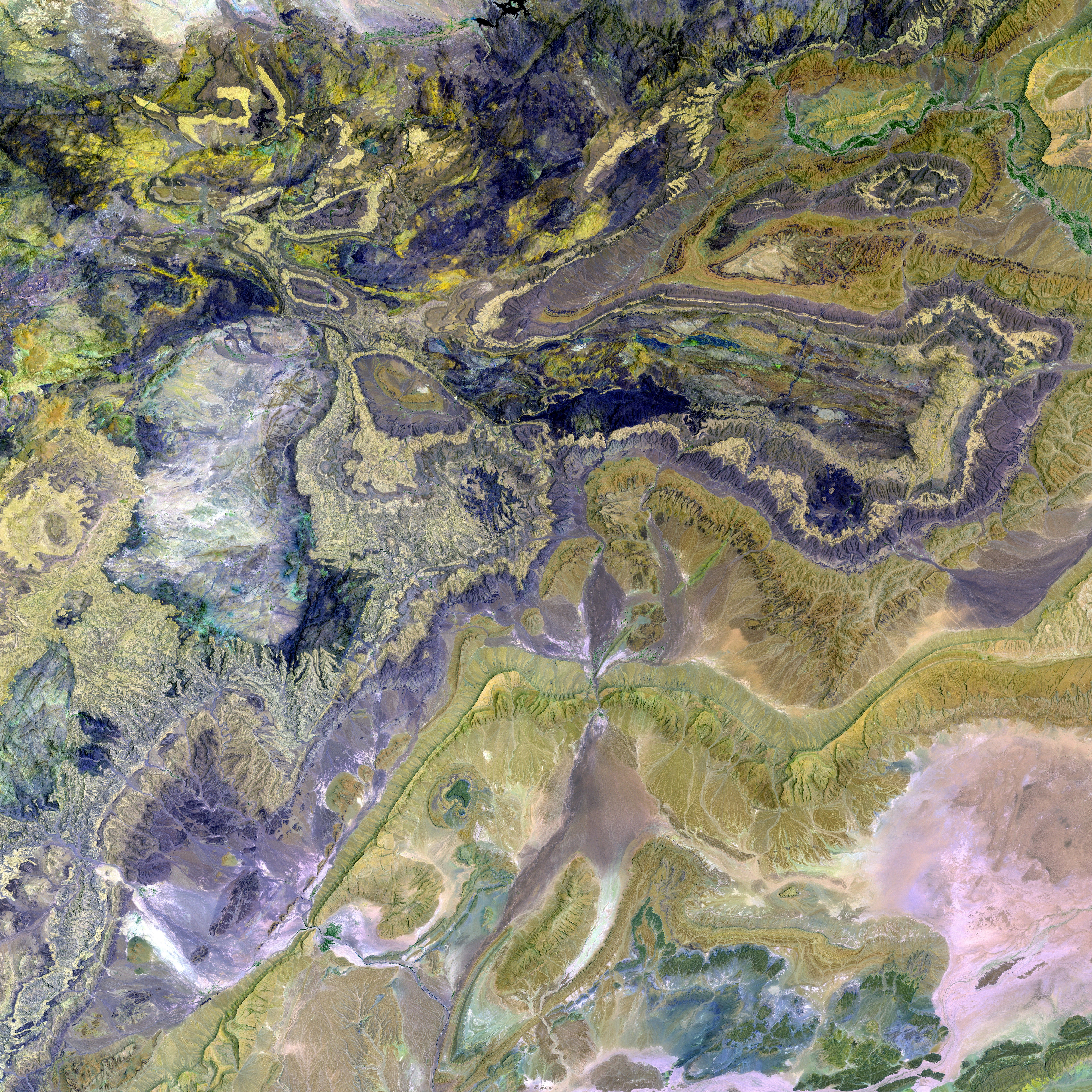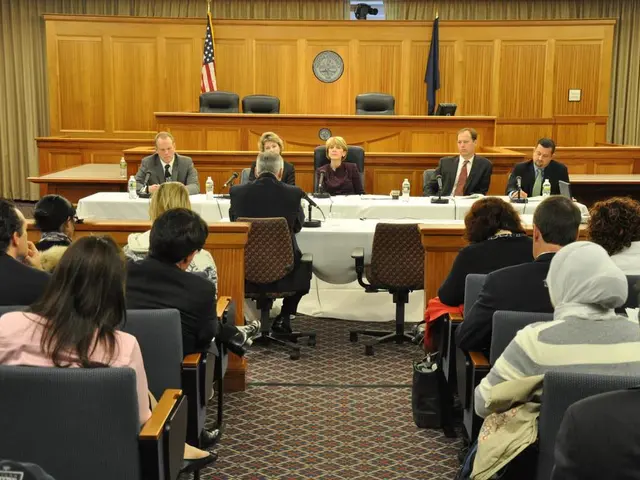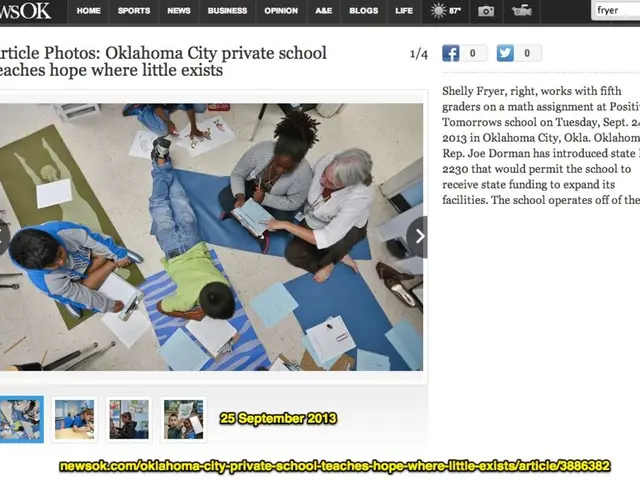Brain's Imaginative and Real Processes Function Contrarily
An intriguing new study reveals that the human brain processes imagined scenes differently from genuine experiences, sending signals in the opposite direction. This research, conducted by scientists at the University of Wisconsin-Madison, sheds light on how our minds construct reality and offers insight into memory formation, past event recall, and even dreaming.
Using electroencephalography (EEG) machines, researchers mapped the neural pathways activated when watching a scene versus imagining one. The results were striking, as brain signals took distinct routes depending on whether participants were experiencing something in real-time or creating it in their minds. When experiencing a scene, brain signals traverse from visual processing centers upward to higher-order areas. However, when imagining a scene, the information travels in reverse – from higher-order processing areas down to the visual cortex.
To investigate this brain mystery, a research team recruited two groups of participants and monitored their brain activity using EEG. Group One watched a short video clip and was asked to vividly replay it in their minds, while Group Two was asked to imagine an elaborate scenario and then watch a silent nature video. By comparing the EEG results from both groups, the scientists demonstrated a clear directional shift in neural activity based on whether the participants were watching real footage or simply imagining it.
This finding raises questions about how we encode and recall memories, form new memories, and even dream. But it also presents potentially exciting opportunities for exploring artificial intelligence and neural networks, as well as deepening our understanding of brain function. By unraveling the intricacies of how the brain processes real versus imagined experiences, scientists can better understand cognitive processes like perception, memory, and creativity.
As lead researcher Barry Van Veen, an electrical and computer engineer, emphasizes, this discovery brings us a step closer to understanding how different parts of the brain communicate when processing reality versus imagination. Future research could explore how the brain encodes short-term and long-term memories, whether the imagination-to-reality pathway applies to other senses, and even how EEG might be used to map hallucinations.
The study underscores the active role our minds play in creating both our memories and our inner worlds. While we may dream of wandering through sunlit forests or revisit cherished moments, our brains are at work crafting those experiences in unique ways – traveling a neural highway that flows in the opposite direction of our lived experiences.
In light of the study, the role of the brain in constructing reality and forming memories becomes more intriguing. This research suggests that imagined scenes are processed differently than genuine experiences, with signals traveling in reverse direction from higher-order areas to the visual cortex. This finding not only questions how we encode and recall memories but also offers potential opportunities for exploring artificial intelligence and improving our understanding of brain function, especially in regards to cognitive processes like perception, memory, and creativity.







